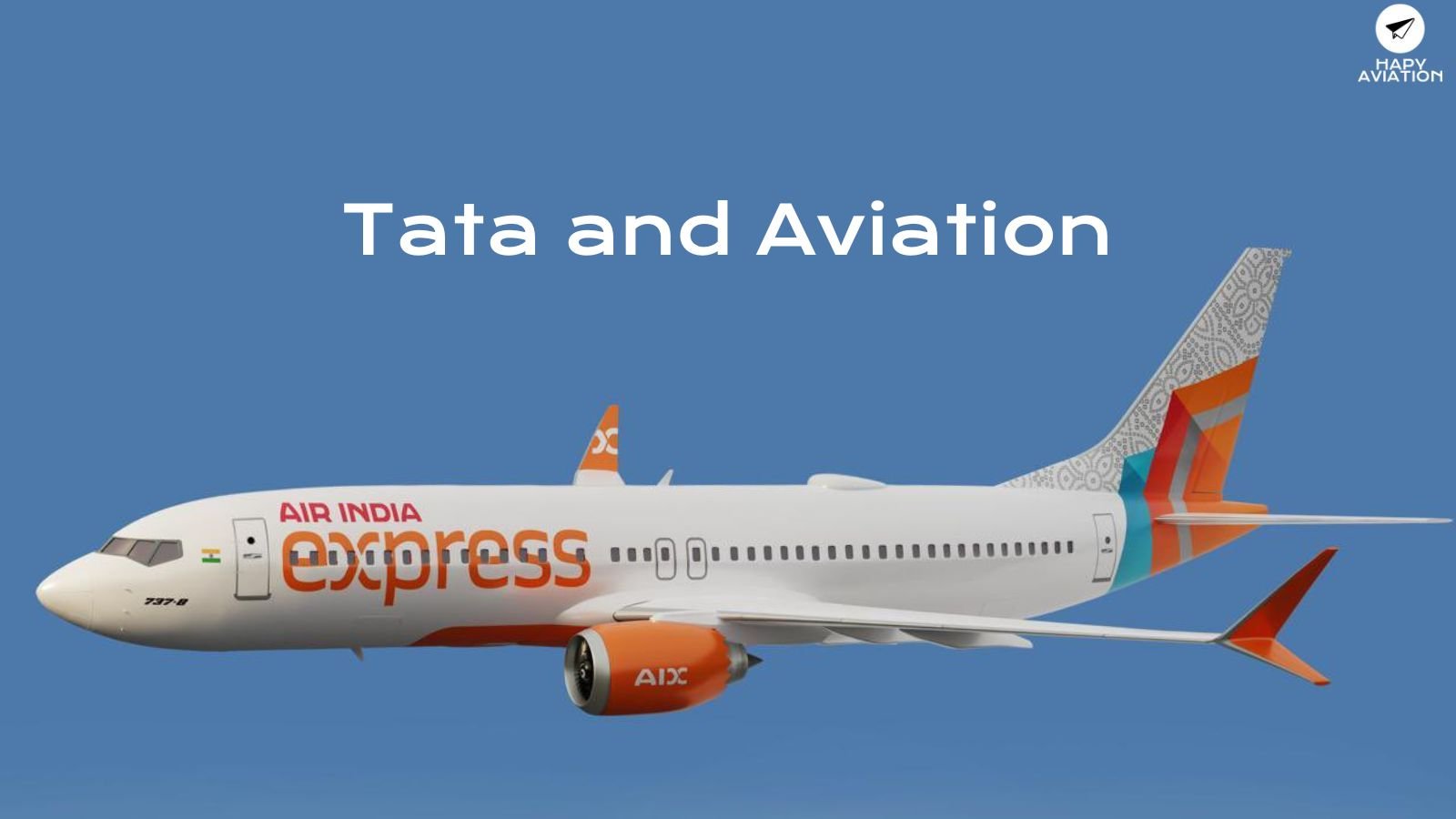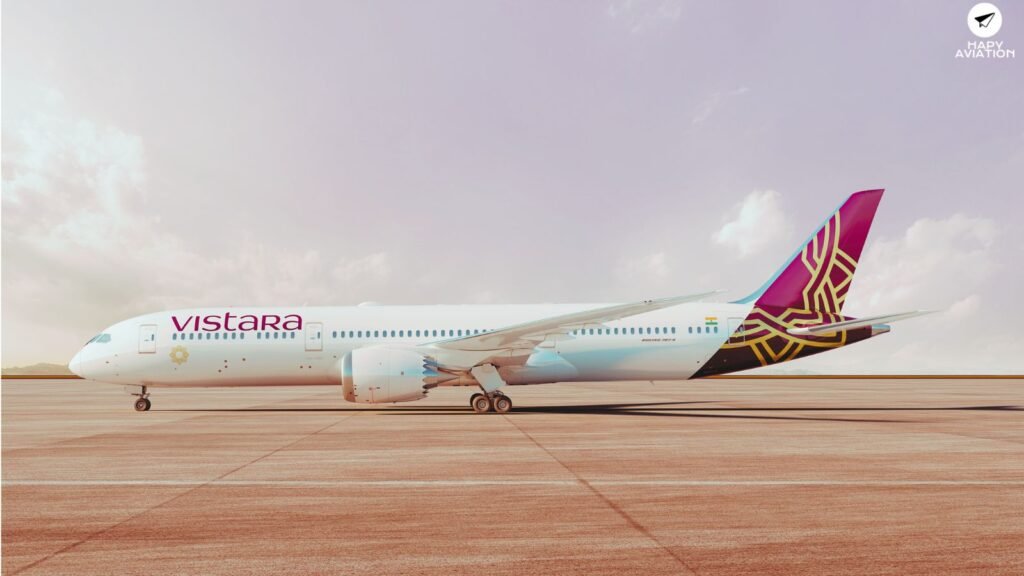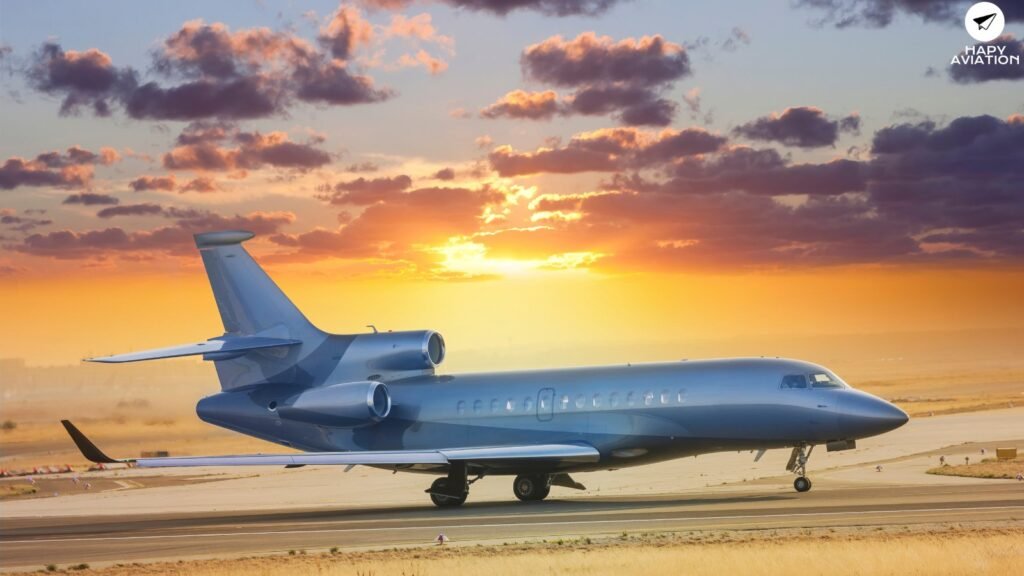
The aviation sector in India has a great history, with Tata Group being the leader and ruler of Indian Airlines. They have crafted a narrative that brings a perfect combination of innovation and resilience.
The leading players ruling the Aviation industry begin with Air India, Indian Airlines, and Tata Group. They have completely transformed the industry and have made traveling from one place to another easier.
Looking to swim in the sea of Tata Group and its legacy with Indian Airlines? Keep reading as here we take on to discuss the legacy of aviation giants and how it is changing the face of Indian aviation.
Air India, Indian Airlines, and Tata Group: Key Insights into the History and its Significance
Tata and Indian Airlines
The Pioneers The roots of Indian aviation can be traced back to the early twentieth century, while J.R.D. Tata installed Tata Airlines in 1932. This marked the beginning of civil aviation in India. In 1946, Tata Airlines became nationalised and became Air India. Indian Airlines, a separate entity, was installed as a home airline in 1953. These two corporations inspired Indian aviation history, connecting the sizeable United States by air.
Air India
Air India, the leading player in the aviation industry has a rich history of serving as India’s global ambassador. It connects India to global destinations, fostering commercial enterprise ties. Air India has faced several demanding situations over the years, together with financial issues.
Indian Airlines
Indian Airlines plays a vital role in connecting India’s cities and towns, setting the legacy of Indian Aviation. It guarantees important connectivity, enabling people to travel more easily across the country. However, like Air India, it also contends with monetary and operational challenges.
Leading players of Tata Group in the world of Aviation Industry
Air India Express
Air India Express is a subsidiary of Air India and is prime reason behind the Resurgence of Indian Aviation industry. Established in 2005, it caters to the Middle East and Southeast Asia, connecting India with various locations. This Airline strives for excellence across its operations, ensuring timely departures, and convenient schedules.
Air Asia
Air Asia, a Malaysian low-cost airline, is a significant part of Tata’s aviation story. In 2013, Tata Sons joined arms with Air Asia to launch AirAsia India. The airline started with the challenge to make flying lower priced for the loads. Over the years, it has accelerated its domestic and international routes. Today, Air Asia India operates flights to several Indian cities, offering exceptional experience to travellers.
Vistara

Vistara, a joint mission among Tata Sons and Singapore Airlines, entered the Indian aviation scene in 2015. With a commitment to ease travel, Vistara has made its mark as a complete provider. The airline connects many important Indian cities and has expanded its global network. Vistara has set new standards for luxury and luxury inside the Indian aviation region.
Taj Air

Taj Air, a subsidiary of Tata Sons, gives a high-priced aviation experience. It presents a premium flying experience for people seeking exclusivity, comfort, and personalized services.
Singapore Airlines
[aoa id=’1′]Singapore Airlines, one of the world’s leading vendors, has been a strategic accomplice for Tata Group aviation industry. Their partnership with Vistara has helped bring global expertise and innovation to the Indian aviation industry.
Collectively, Air Asia India and Vistara join an extensive network of locations. Air Asia India operates flights to over 20 Indian towns and numerous Southeast Asian locations. Vistara connects the foremost Indian cities and several international hubs. The mixed efforts of those airways have significantly accelerated air journey options for each home and worldwide passengers.[/aoa]
Financial entanglements revolving around the Aviation Industry

The aviation sector in India, like in many arena elements, has continually been capitalised in depth. Operating airlines is not only about supplying a critical service but also includes huge expenses. For Air India, monetary struggles have been a routine subject matter. The airline’s losses hooked up over time, and it needed to depend on authorities’ bailouts to stay afloat.
Air India’s looming debt crisis
By 2020, Air India’s debt burden had ballooned to over Rs. 60,000 crores (approximately eight billion USD). High gasoline expenses, excessive competition, and mismanagement played a giant function in the corporation’s economic troubles. Despite the wealthy Air India legacy, the airline struggled to stay competitive.
A story of privatisation
In a landmark move, the Indian authorities decided to denationalise Air India in 2021. This marked a substantial turning factor within the records of the airline. Tata Group, which initially founded Tata Airlines, emerged as a leading contender in the bid to gather Air India. This pass has generated vast interest and debate within the aviation industry.
Primary Role of Tata Group in the Aviation Sector
Tata Group’s aviation goals
The Tata Group, considered one of India’s most distinguished groups of companies, has a history rooted in aviation. Having pioneered civil aviation in India, it became a logical choice for the organisation to bid for Air India.
Reimagining Air India
If the acquisition of Air India proves successful, the Tata Group plans to invest money and bring the airline into the fold. With their strategic vision, they plan to increase the fleet, enhance their offerings, and collaborate with other groups of institutions.
Dive deeper into the Aviation Sector: New Beginning for the Indian Airlines.
Increased competition and Changing dynamics
A new era has begun for the Indian airline, and other giant airlines like IndiGo are standing head to head-with Tata Aviation’s legacy. With the shift in competition to registering the transformation in Aviation. Indian Airlines are now looking at the bigger picture beyond domestic routes. Now, they are making it easier to travel to international destinations.
Indian Airline Ambitious move
The institution has ambitious plans to revamp and modernize the countrywide provider. Air India signed two fundamental contracts for 470 planes. 250 with Europe’s Airbus consortium and 220 with the Boeing Co. Of America. This is the biggest within airline industry across the globe, surpassing American Airlines’ 2011 order for 460 plane.
70 of the 470 planes are long-haul, huge-body, or dual-aisle planes. Airbus has the most important order. However, the Boeing settlement includes a 70 aircraft top-up alternative, bringing the entire feasible order quantity to 540 planes.
Conclusion
The Aviation in India is a compelling story of transformation, innovation, and persistence. Air India and Indian Airlines are reasons behind Indian Airlines resurgence and is connecting India with the world. Want to try your hands at Pilot Training, Hapy Aviation is here to assist you.

Leave a Reply